Lower Limb Blogs
JUMP TO
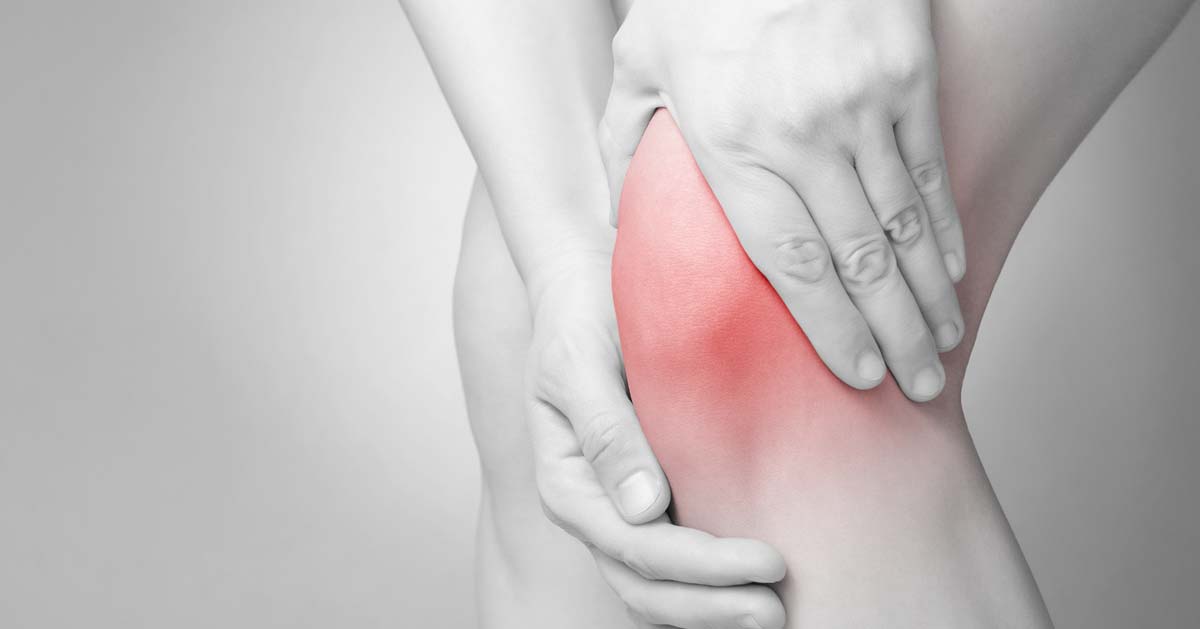
Osgood-Schlatter Disease
Osgood-Schlatter disease (OSD) is one of the most common knee complaints seen in adolescents and older children, and is not usually as serious as it sounds. For some children, it can become very painful and may even restrict their activity level and involvement in sport. It is more often seen
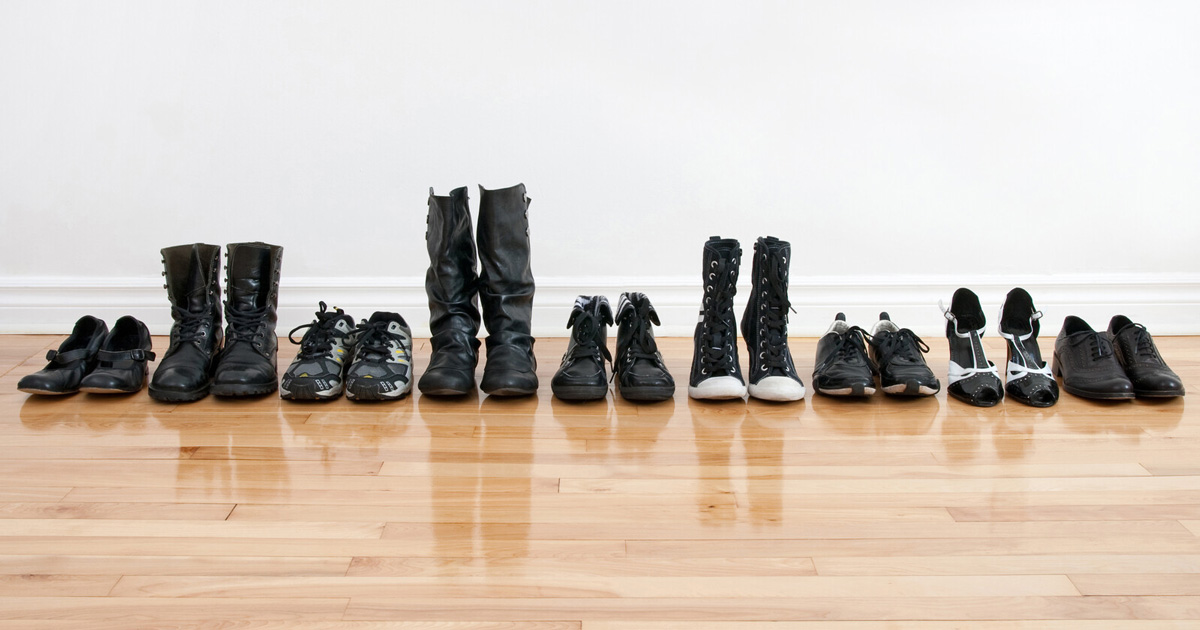
Footwear for Health
How do you know if your shoes are actually supporting you through day to day life? What differentiates between a ‘good’ and ‘bad’ shoe? Let’s talk about footwear for health. A 2018 study in America showed that between 62-73% of the population was wearing incorrectly fitted shoes. In particular
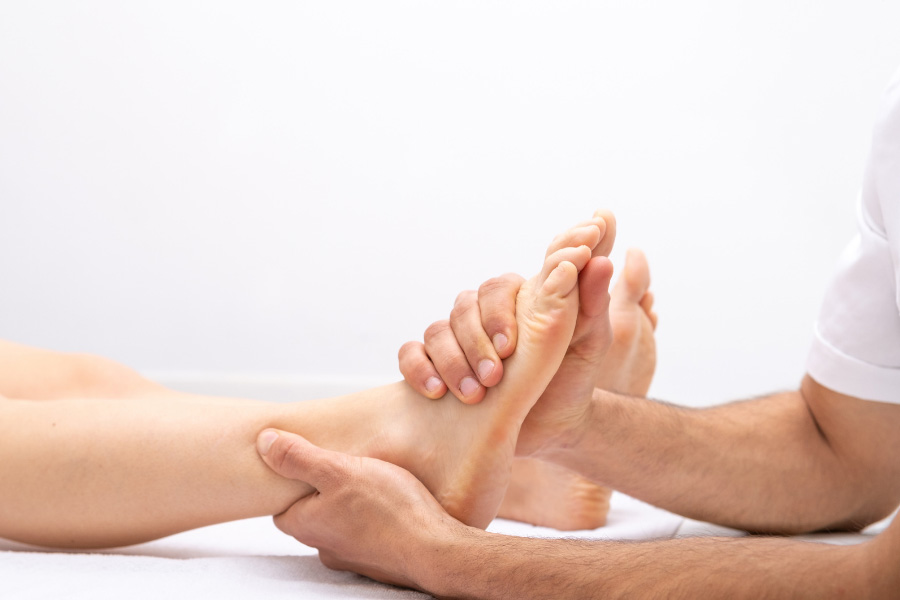
Understanding Plantar Fasciitis
Plantar Fasciitis Is An Extremely Common Condition Of Our Feet, That Currently Affects Approximately 10% Of The General Population.
Plantar Fasciitis is characterized by pain and inflammation of the plantar fascia, which is a thick band of connective tissue running along the bottom of our foot, connecting to our heel and our toes.
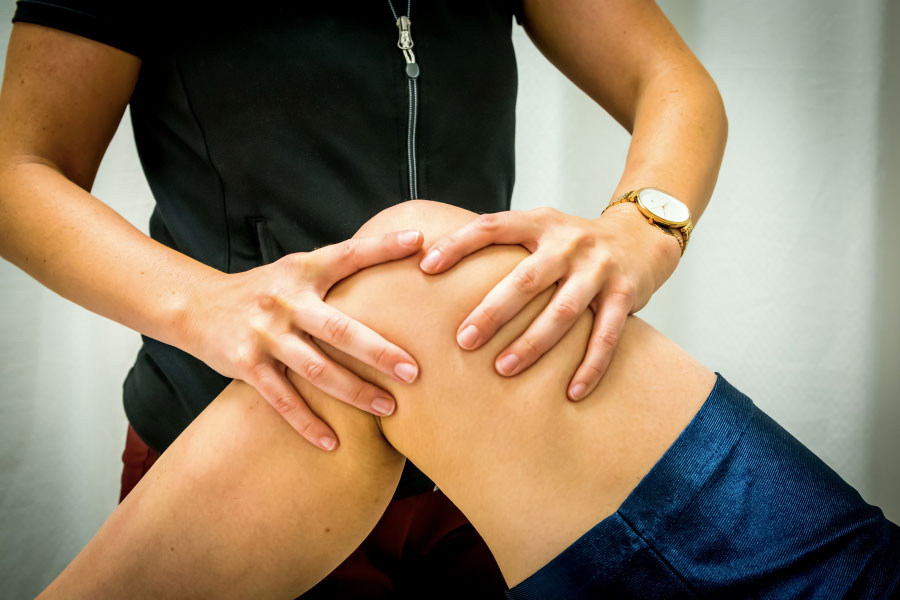
Maintaining Ageing Knees
As we age gracefully, maintaining overall health becomes the highest of priorities. During these periods the importance of maintaining knee strength and mobility is often overlooked. Our ageing knees are intricate joints, that are susceptible to wear and tear as time progresses. The knees play a pivotal role in all

Hamstring Injuries
As winter sports begin again, the potential risk of associated injuries also increases. Sports have an increased risk of participants developing soft tissue injuries, specifically hamstring injuries. Muscular injuries constitute around 40% of sports related injuries, with the hamstrings being the most frequently affected muscle group. Especially in sports that
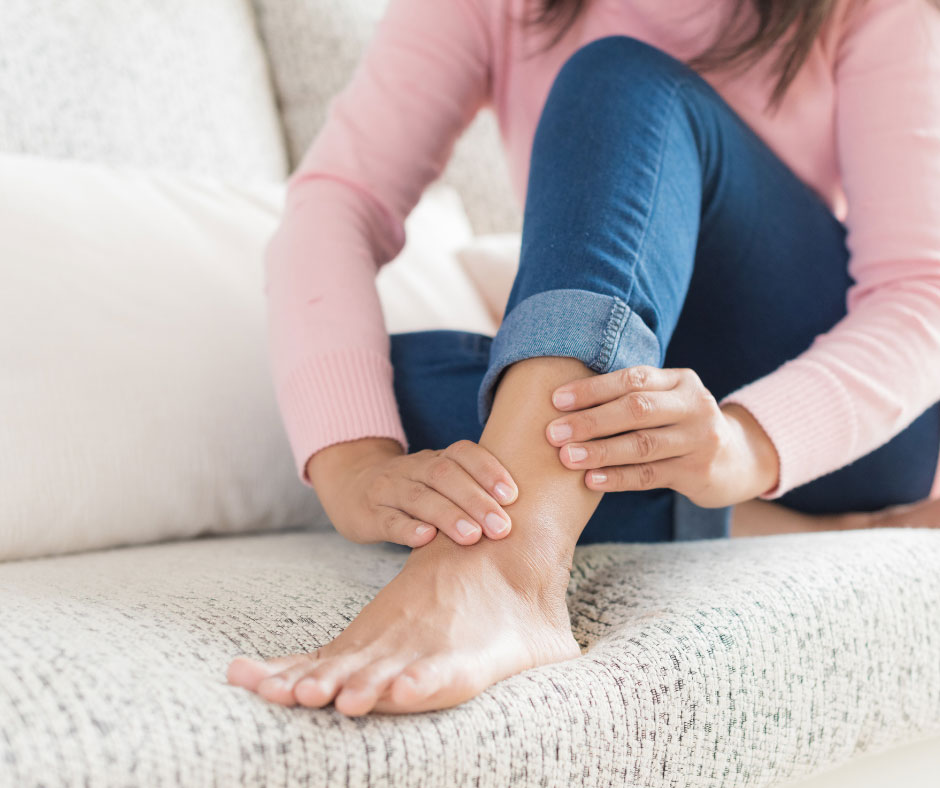
High Ankle Sprains
A high ankle sprain is stretching of the ligament in front of the ankle which holds our two leg bones- fibula and tibia together above our ankle joint. High ankle sprain is caused by rolling over the front of our foot (toes in the ground) this places more pressure on the front of our ankle, unlike the usual lateral ankle sprain where we roll on the outside of our ankle.
